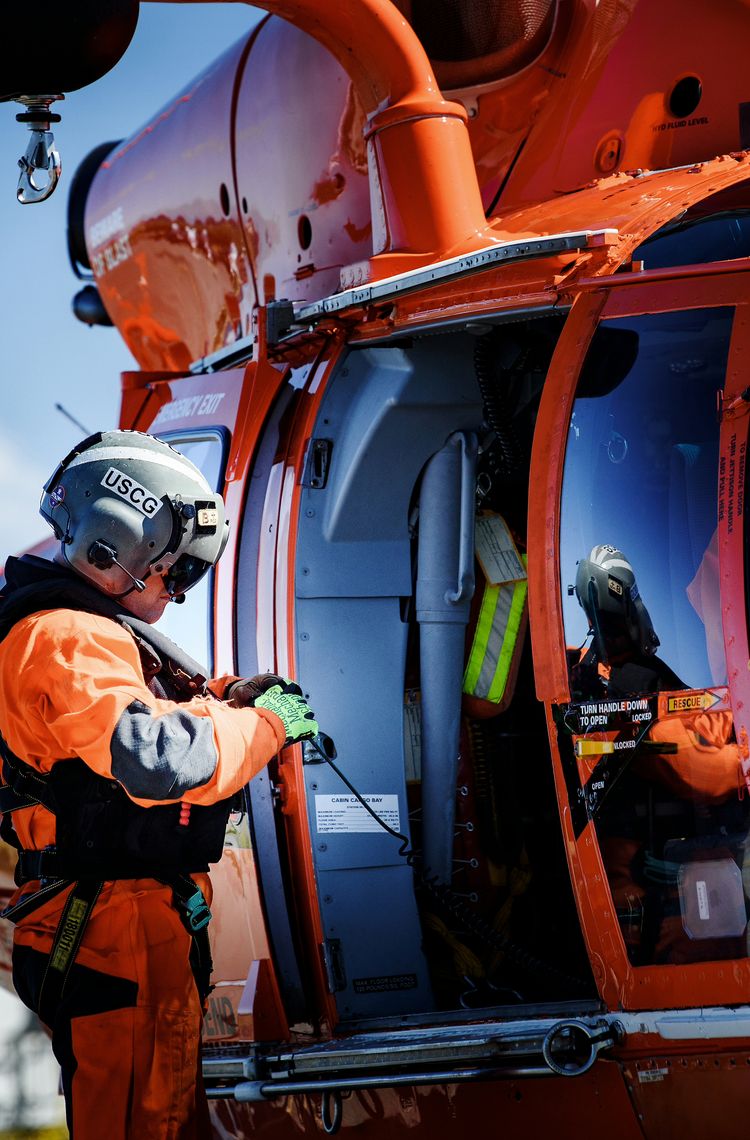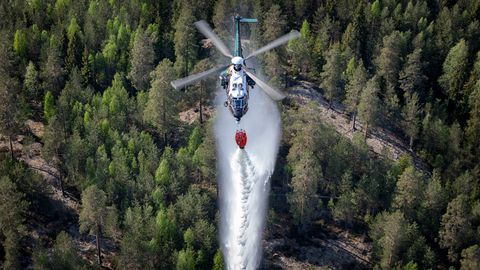Since 1984, the US Coast Guard has used the H-65 Dauphin for 11 different mission profiles, operating in every atmospheric state from sea level to the peaks of Alaska, saving countless lives.
US Coast Guard archives are replete with awe-inspiring saves. When rescue swimmer John Linnborn twisted the H-65’s hoist crank tight in Slava’s tourniquet and stopped the man bleeding to death, he defied all limits of what was possible. Slava’s leg should have severed after being crushed by a piston; he should have bled out. Yet he retains it to this day. In its way, the service’s H-65 short-range recovery helicopter has also defied limits. In four decades with the USCG, the Dauphin continues to serve missions in environments ranging from the Caribbean to the Bering Sea.
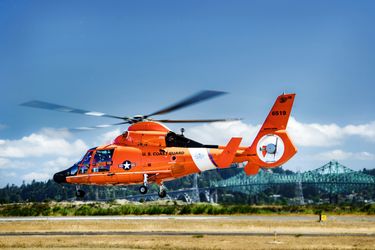
At the start, a SAR asset
“It’s a beautiful aircraft and the speed was so great,” recalls Paul Langlois, retired US Coast Guard pilot, on flying the H-65 in 1985. Langlois’s H-65 expertise saved the crew of the Gale Runner, a sailboat dismasted in a storm. Launching at night, Langlois flew on instrumentation in 50-knot winds to the vessel drifting on 25-foot swells. The H-65 had just been upgraded with night vision equipment in the cockpit and, by coincidence, the co-pilot was experienced in the technology, a boon which helped Langlois manoeuvre through sea stacks to lower a hoist to the vessel. After watching the boat capsize, they lowered the H-65’s hoist to one passenger. “When she got in, a wave washed over the top of the basket. The whole helicopter shuddered,” he recalls.
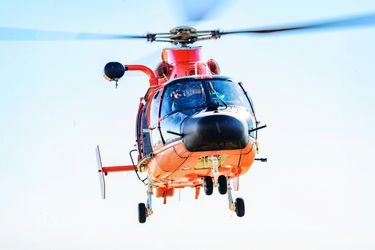
New engines, new life
The aircraft’s hoist capability added inland SAR to its repertoire. One rescue in 2007 launched John Linnborn, retired Coast Guard rescue swimmer, and Dan Leary, USCG pilot (ret.) and Life Flight Network pilot, to the top of 7,000-foot Brother Mountain where a climber was trapped in a snowstorm. Leary recalls his captain challenging him about the mission’s altitude, but the H-65 had just upgraded to Turbomeca engines. “I said, ‘Captain, we should have no problem’. It was a monstrous increase in performance,” says Leary. But in darkness with a storm pushing in, they were up against the helicopter’s limits. “I remember John saying, ‘hey man, don’t leave me’. He was on that mountain for less than a minute to grab the guy,” says Leary.
In the 80s and 90s, the H-65’s footprint was small enough to fit the mid-sized cutters, so it was unique in adding shipboard deployments to its activities, on migrant patrols in the Caribbean but particularly patrolling US waters in the Bering Sea. For Coast Guard pilot Tim Eason (ret.), 8 December 2004 would lead to the most intense hours of his life when he and his crew rescued the survivors of a grounded freighter in Alaska. Aboard a USCG cutter, Eason’s team launched in a violent storm to assist another crew extracting the sailors. He was in a hover when a wave shot from the ship’s hull and brought down the larger helicopter. Eason battled blinding snow cells in the dark, hoisting 150 feet down to rescue the Coast Guard crew and a sailor from icy waters. Offloading them, he flew back through the mountains for the ship’s master and a rescue swimmer, saving six lives.
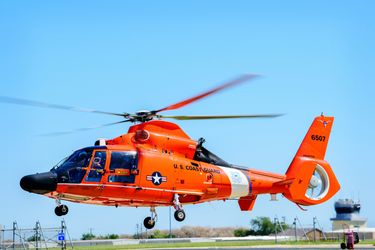
Multi-mission evolution
In the early 2000s, the Coast Guard began using the H-65 as a multi-mission platform. Its agility proved useful in Rotary Wing Air Intercept missions protecting the airspace around Washington D.C. Here, the USCG employ climbing and banking manoeuvers at full power to intercept aircraft. “The H-65 is very nimble. It’s uniquely suited for that mission,” says Tim Eason, who flew RWAI for six years. Outfitted with weapons, the militarised MH-65 was deployed for Airborne Use of Force missions, in particular with the Helicopter Interdiction Tactical Squadron (HITRON) for drug-interdiction patrols. Even today, during emergencies like the wildfires in Hawaii, the Coast Guard is there, sending an MH-65 to rescue people escaping the flames.
*This article will be featured in edition 133 of Rotor Magazine. To receive the latest issue by email, visitors are welcome to subscribe to the magazine.
